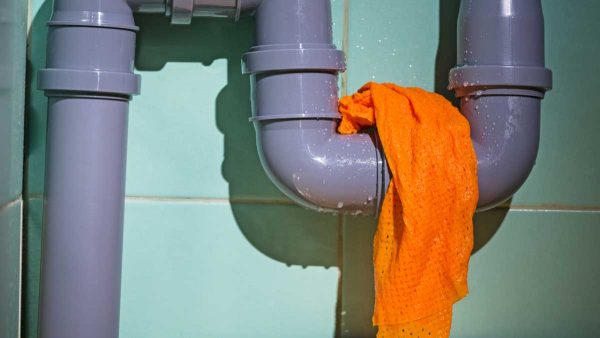Finding hidden water leaks

Water is the most pervasive enemy any building manager faces.
It’s sneaky, finding ways to get in where you least expect it. It’s resourceful, taking advantage of any tiny opening to make its way through. And it’s destructive, causing billions of dollars in damage.
If you have a water leak in your building, you need to find it as soon as possible. It’s one of the most dangerous issues you can face over the long term, because water in places where it doesn’t belong can erode structural steel and create weaknesses in the building itself.
Not every water leak is immediately noticeable. If you’re doing regular walk-throughs of your building and know what you’re looking for, though, you can catch them before they get bad. Here’s what you need to look for.
Roofing damage
If water is going to get in from the outside, this is the most likely path. Roof damage will break the building envelope that keeps your structure protected from the elements, and because the roof is the first line of defense against rain and weather if it breaks you have an immediate problem.
If you walk the roof of your building and see tears, cracks, bubbles or other indications of compromise, check the inside. Don’t relax if you don’t see anything coming all the way through—it just means it hasn’t happened yet, not that it won’t happen. Patch any holes as soon as you can.
Roof puddles
Puddles may not be an indication of a leak yet, but they can cause one to form eventually. Roofs are designed to be waterproof but if water pools over time it has a way of finding a way in.
Address any drainage issues that cause puddles on your roof early. Stop leaks before they start.
Low water pressure or slow drainage
If the water pressure in your building suddenly drops, there might be a blockage or a broken pipe somewhere. More gradual changes may indicate a partial blockage. Slow drains mean the same thing.
Blockages in pipes are a prime cause of interior water leaks. The increased pressure can open up any faults in the pipes or find ways out at the joints. Start looking for the source of the problem by isolating different areas of the building and figuring out just where it is.
Increased water bills
If your water bills are going up for no good reason, you might have a water leak somewhere. Regular checks each year will allow you to track the year-over-year changes in your water usage and notice any spikes or odd patterns.
Staying on top of leaks is a challenge, but if you know what you’re looking for you can stop problems early and avoid costly repairs. If you have any questions or need a hand checking your building, contact JK Industries. We’ll help you stop water leaks before they start.
